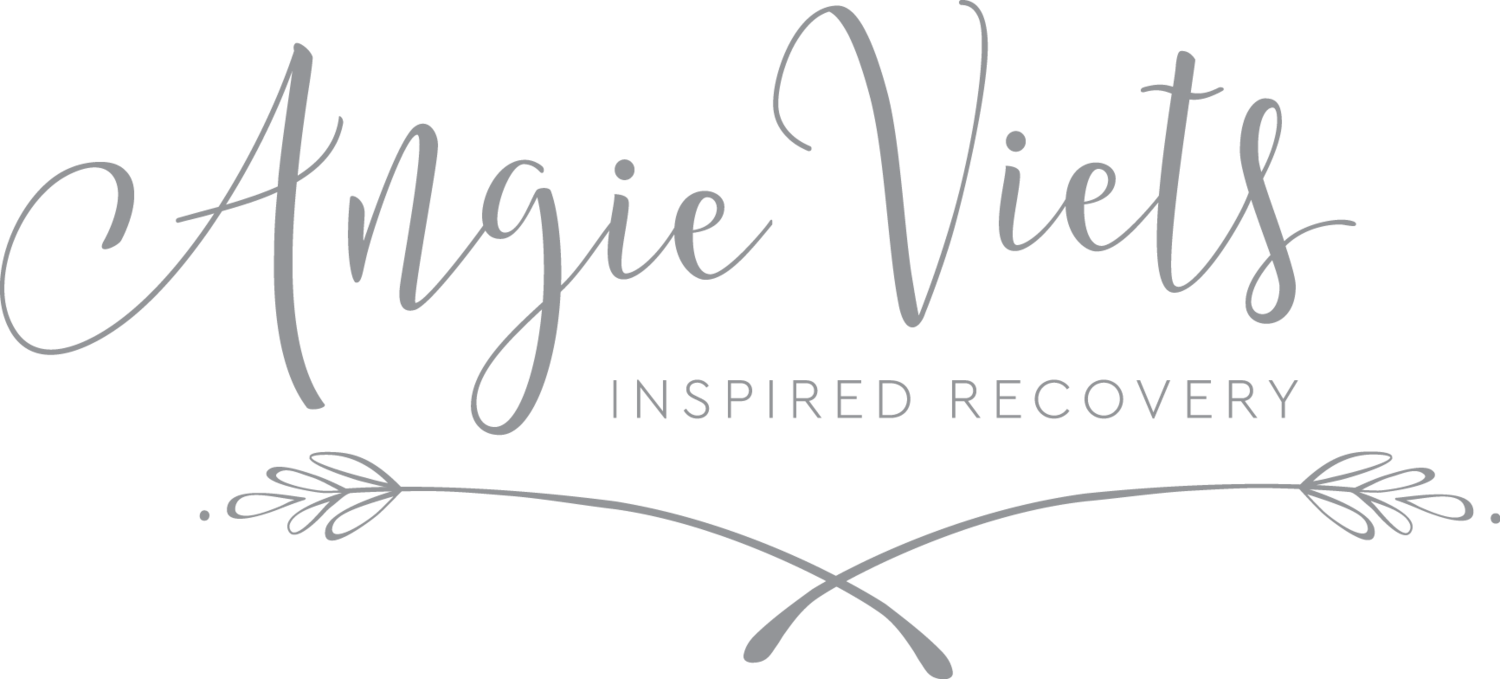Photo Credit: Joshua Fuller
Let’s talk about trauma.
Not all trauma looks like a war veteran who hits the ground when a car backfires. (Although that is very real and very frightening).
Some trauma looks more like scar tissue. Or like a vine that has wrapped around a tree trunk. It grows with you, shapes you, distorts the way you branch out into the world.
Over time it becomes a part of you. You barely even feel it anymore. There are only subtle traces of it — maybe a nagging ache in an otherwise happy moment, or a dark thought that surfaces from seemingly nowhere.
Not feeling is not the same as healing.
It simply means you’ve accommodated it, made just enough room in you for the two of you to coexist. (Often, trauma pays its rent in drugs, alcohol, or food.) But the result is that you move through life without ever knowing why you act the way you do. Why you never managed to grow out of that propensity to self-sabotage or self-destruct.
Trauma, left untreated, changes who you are and how you look at the world. (After all, trauma by definition is a type of damage to the mind that occurs in response to an event that exceeds one’s ability to cope.) Your primary goal — conscious or not — becomes shielding yourself from experiencing that perceived threat ever again. Even if it means withdrawing from the people around you. Or turning to booze, drugs, food, sex, and whatever else can dampen your overtaxed emotions (or the opposite — can dissolve the fog and let you feel something).
The pain of trauma doesn’t always come from the content of a memory or flashback. Sometimes the pain you’re trying to “escape” (as the doctors say) is the accumulation of bad choices you continuously make to regulate yourself. The pain of loneliness after intimacy became too risky. The pain of self-doubt when your thoughts and feelings seem alien. The pain of chronic stress and anxiety that churns your gut because, if the trauma occurred early enough, you didn’t develop the coping strategies that other people use to manage life’s normal oscillations.
Trauma isn’t always nightmares and intrusive memories. Some trauma is more insidious. It’s not the direct pain of an open wound, but the phantom pain of growth that never occurred. And until you deal with it, your movement will be forever restricted.
I’m learning to move freely through the world.
Joanna Kay is a New York City writer and social media professional in recovery from a 14-year battle with anorexia. She is the author of The Middle Ground, a blog that chronicles the period between completing treatment and reaching full recovery. Having encountered many hurdles accessing treatment, she also writes frequently about insurance coverage and other urgent issues facing eating disorder patients. Joanna is a mental health advocate with the National Eating Disorders Association and writes and speaks widely about the recovery process. Visit her blog.

















